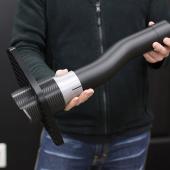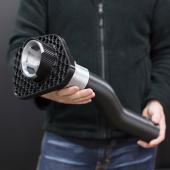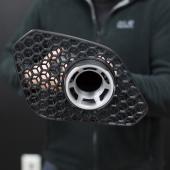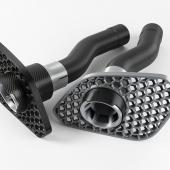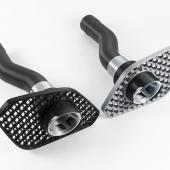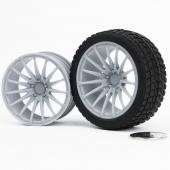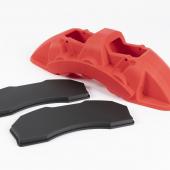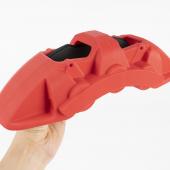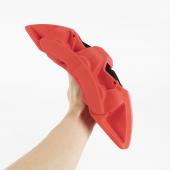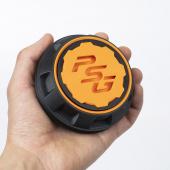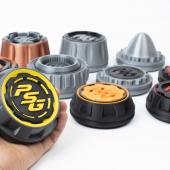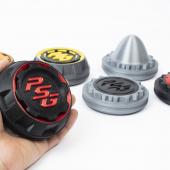Rapid Prototyping
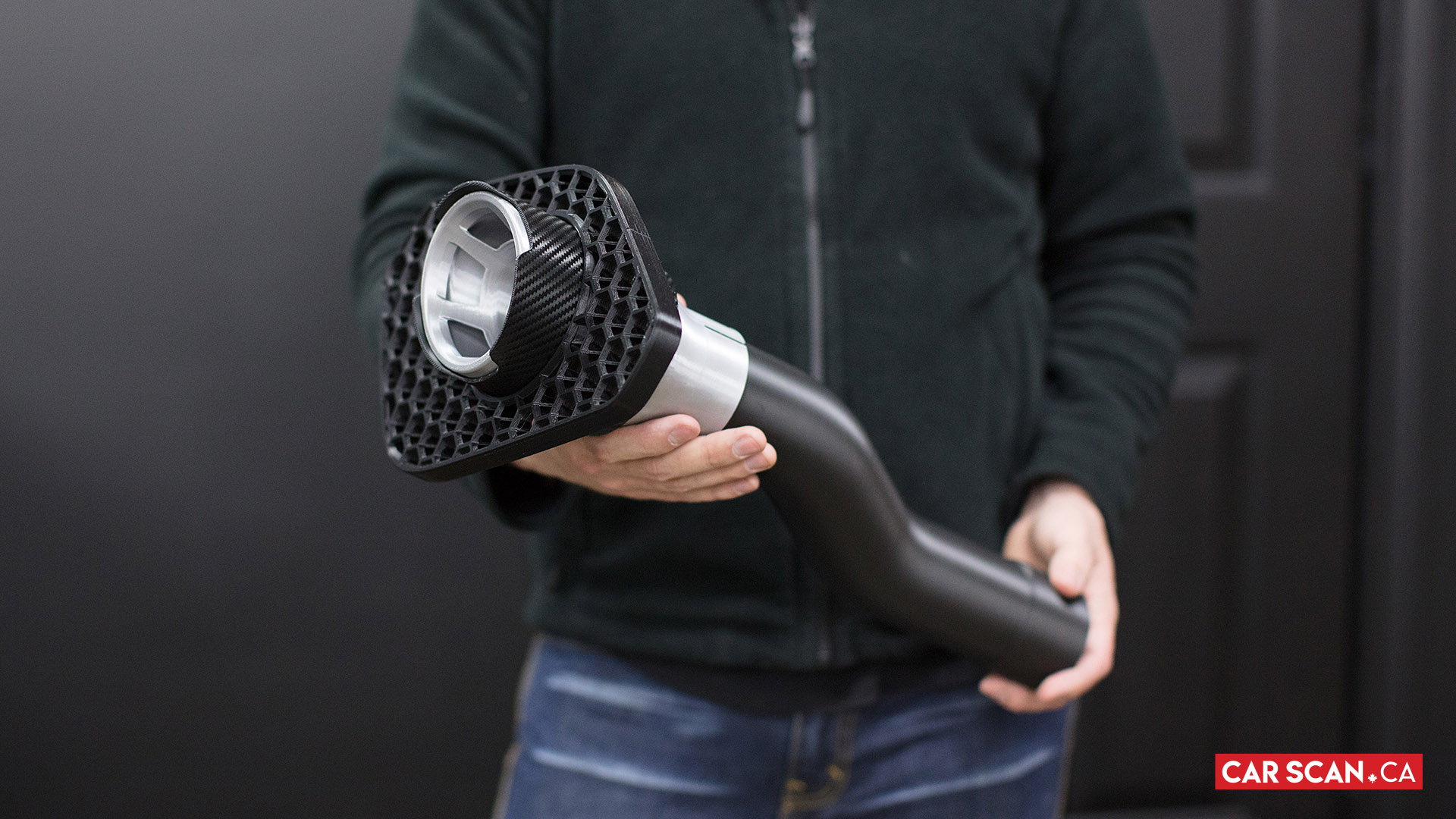
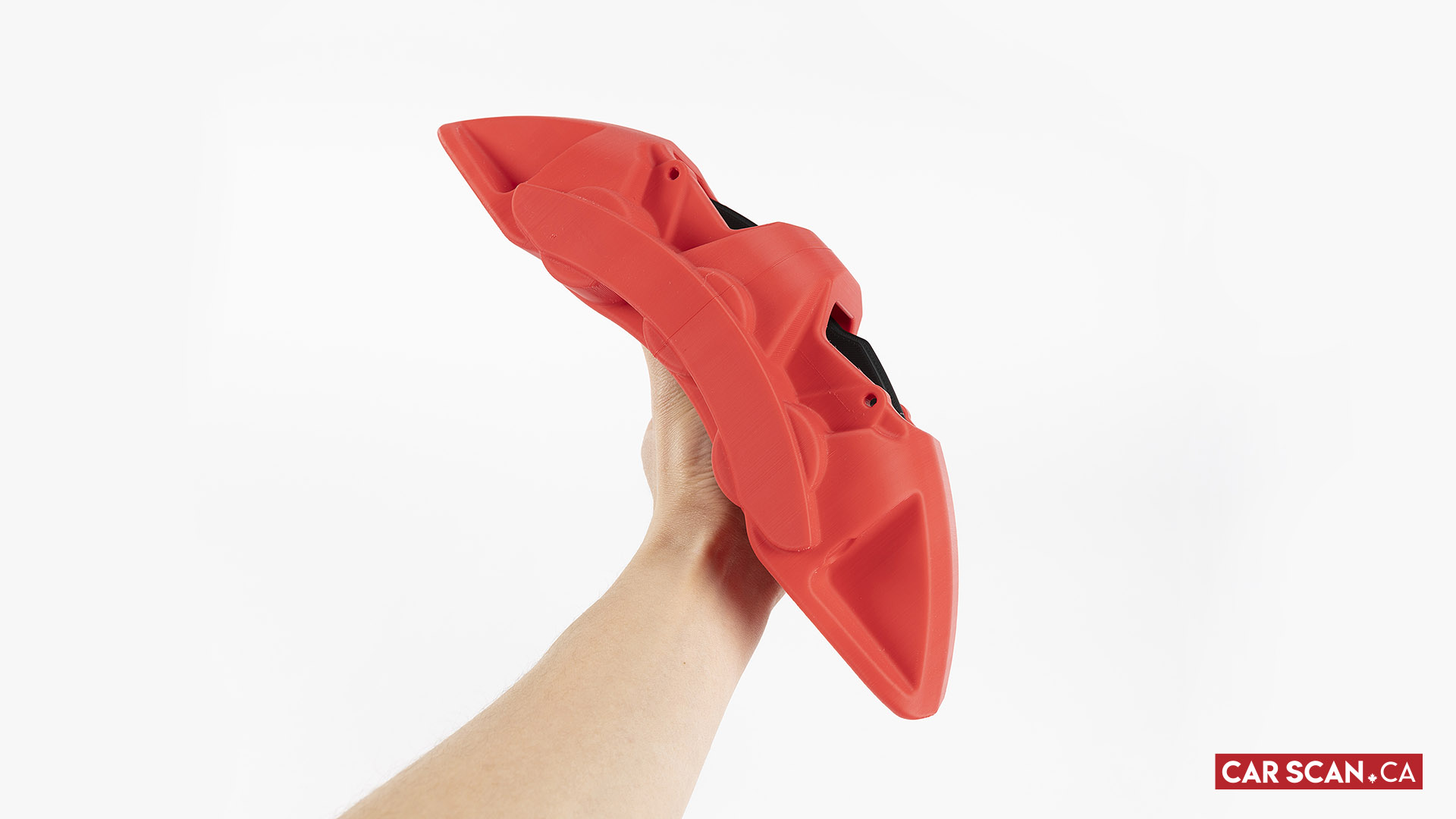
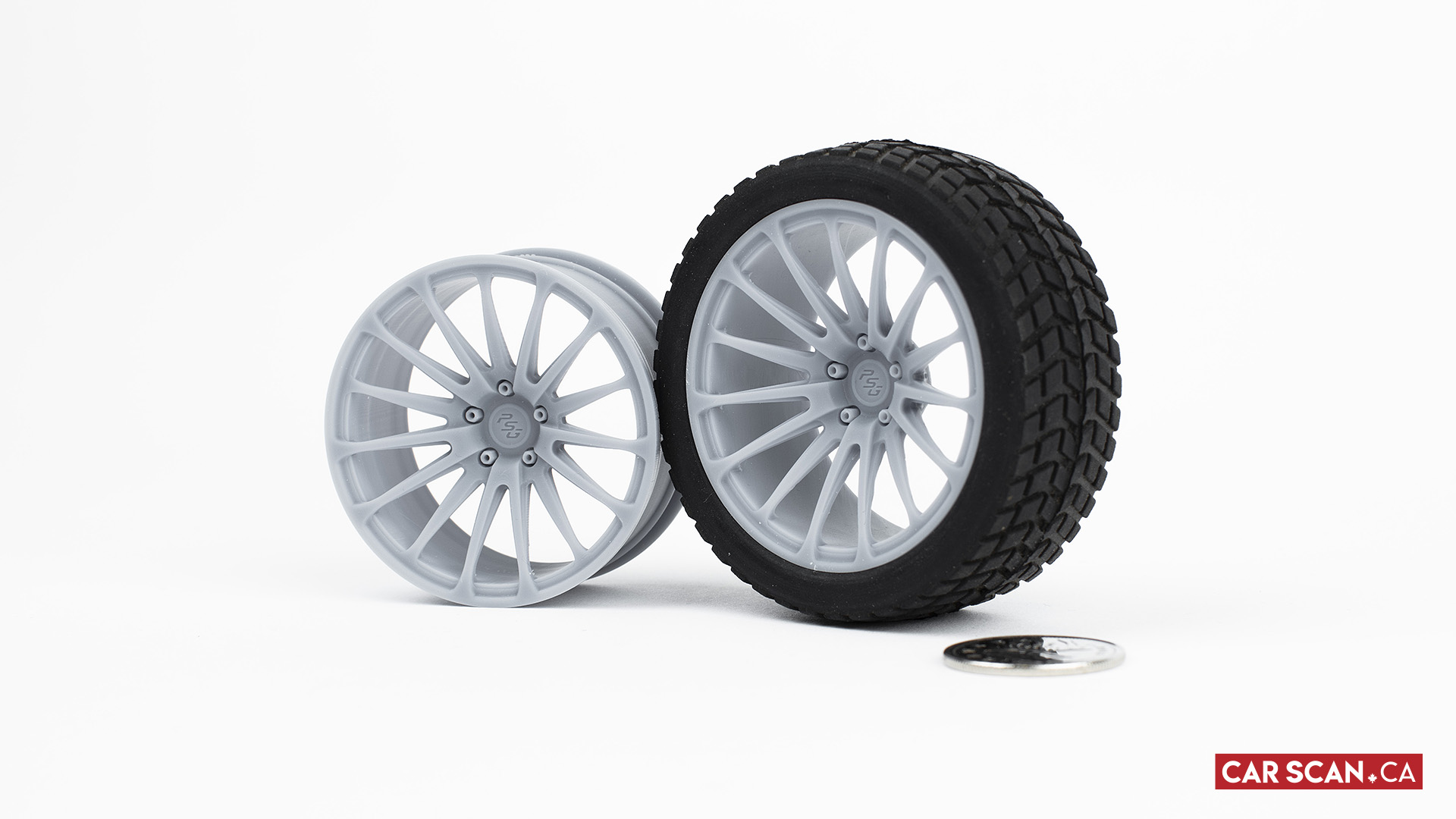
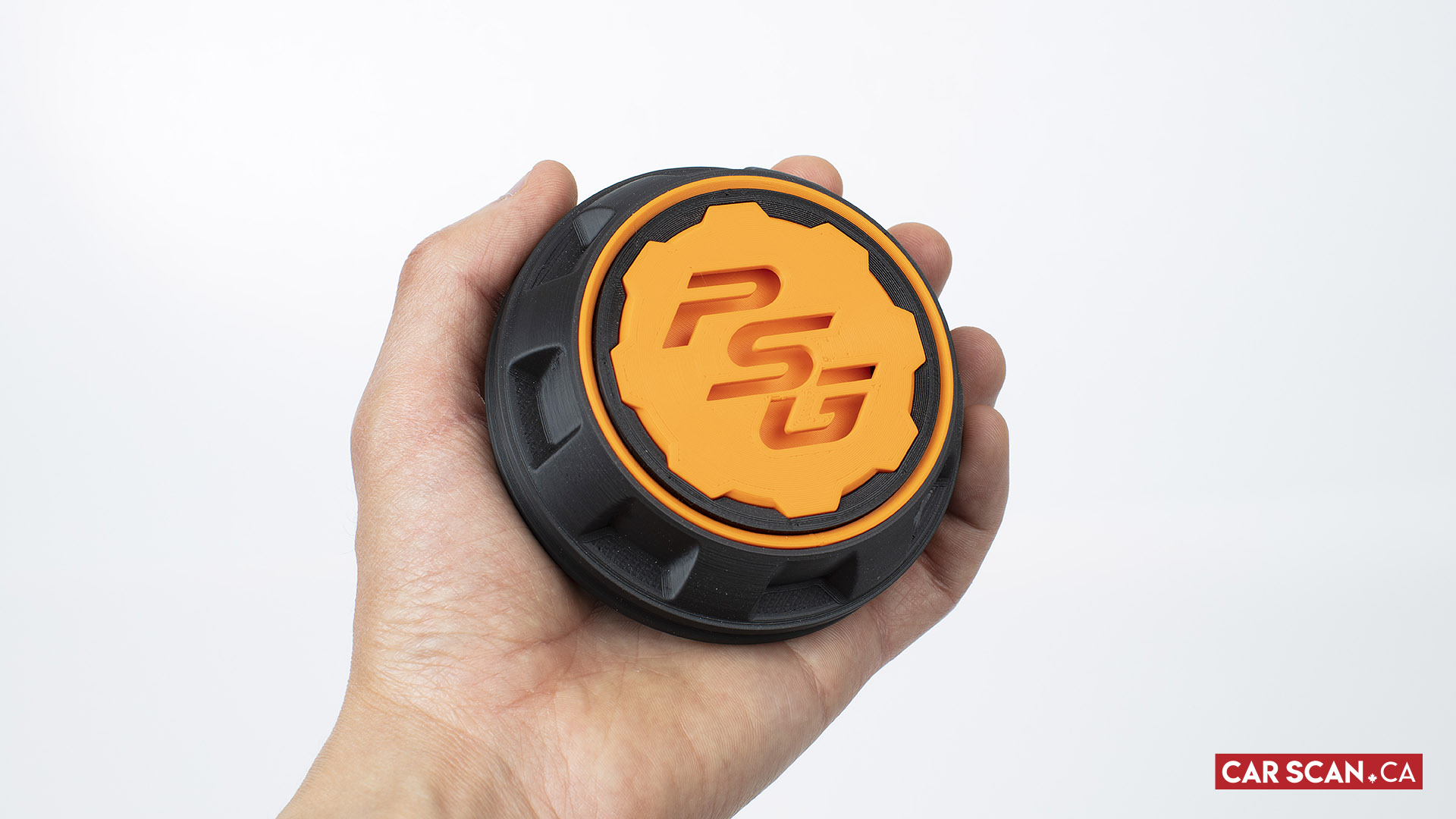
Rapid Prototyping is a type of additive manufacturing where parts are fabricated through a layer-by-layer process. Compared to subtractive manufacturing, where material is removed from a block to reveal the shape, additive manufacturing uses material only where necessary. By reducing and sometimes eliminating excess material, additive manufacturing offers a highly cost-effective option compared to traditional methods.
Due to the layering process, complex shapes can be fabricated that would not be possible with the use of molds or milling tools. Some printing processes build the shape by drawing each cross-section layer, while some printing processes lay material across the entire layer; the latter offers a viable option for low-volume manufacturing without the high cost of injection molding.
With the latest advancements in 3D printing equipment and machines, prototypes and parts can be made in a wide variety of materials, surface quality, colours, durability, strength, flexibility, and temperature resistance.
Technical Information:
| Size and Format: | miniature, small, medium, large, extra-large |
| Materials: | plastic, rubber, resin, hybrid polymer, metal |
| Polymer Processes: | hobby plastic, high temp / strength plastic |
| Liquid Resin Processes: | high detail resin, high-strength resin, rubber |
| Solid Resin Processes: |
multi-colour / multi-material, clear, rubber |
| Powder Processes: |
sintered powder (nylon), Multi-Jet Fusion (HP) |
| Metal Processes: |
sintered (stainless steel, nickel alloy) |
Rapid Prototyping Is Applicable to You If You Need:
- A physical prototype for test-fitting and visualization
- A model made within a quick turnaround timeframe for verification
- End-use components that meet automotive durability, strength, and temperature
- One-off or low-volume motorsport components in exotic materials (carbon fiber)
- Models that replicate mass manufactured materials such as hard plastics and rubbers
- Low-volume production without the high cost of injection molding
- To make complex components that are too costly or impossible for molds
Application
In addition to being an effective option for mold-free manufacturing and low-volume production, 3D printing is also a prototyping tool that can provide quick, detailed, accurate models for development and test-fitting. Utilizing physical models reduces development time and allows the design and engineering team to bring better, tested solutions to market.

